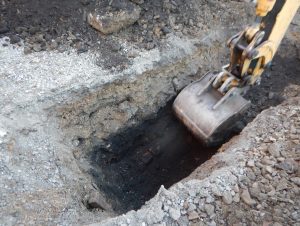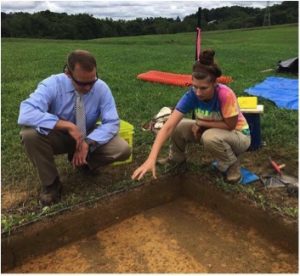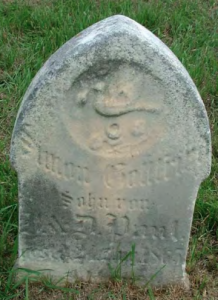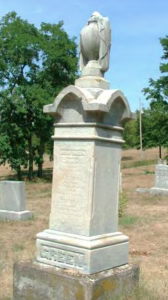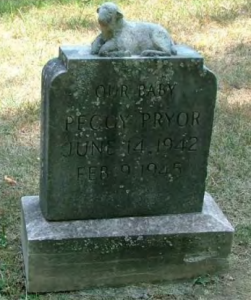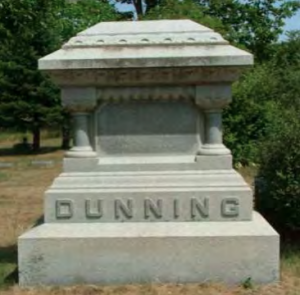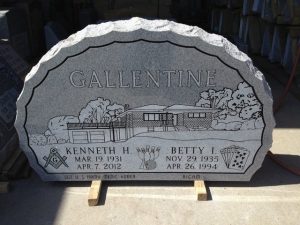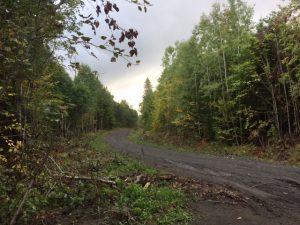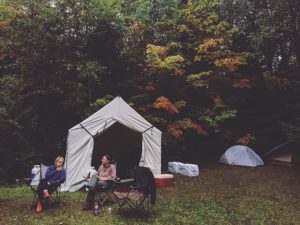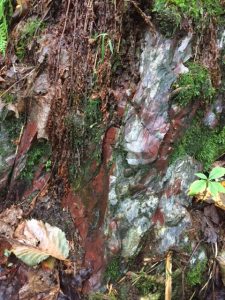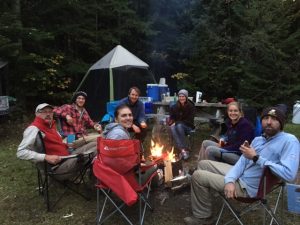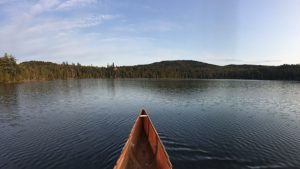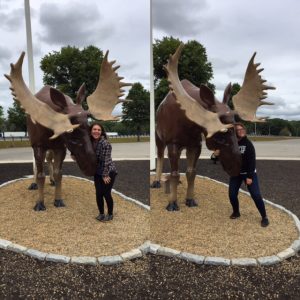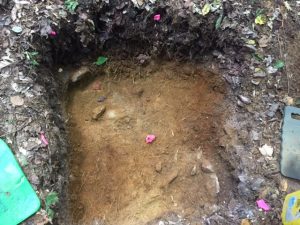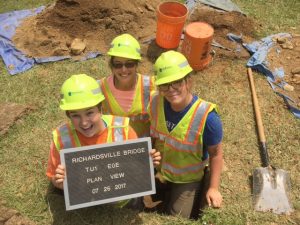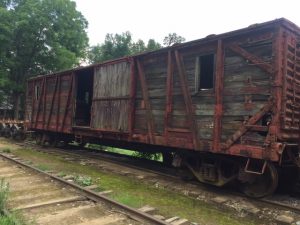By: Genevieve Everett
Over break I was out doing some Christmas shopping at my boyfriends favorite fly shop in Pittsburgh. He spends A LOT of time (and money) there, so he’s gotten to know the staff pretty well, and by default, I have too. Anyway, seeing as I am clueless about fly-fishing one of the staff, Sharon was helping me pick out fly tying material. Sharon proudly introduced me to another regular customer: “This is Gen, she’s studying Archaeology”. The man that she introduced me to immediately decided to tell me that he and his buddies go metal detecting, and all of the “cool” stuff that they’ve found, including, Civil War era buttons, and so on. I nodded as he went on and on about taking objects from areas they knew they were not supposed to be taking them from. He continued to defend his side (at this point I couldn’t get a word in) by stating in some many words, “Why can’t I take these objects and teach my grand children about the past when institutions like the Smithsonian have repositories where artifact assemblages just sit there for years collecting dust?”
Before I go on to tell you how I responded, I will go on to tell you the little that I know about metal detecting in archaeology. Metal detecting is often used as a tool by archaeologists at battlefield and fort sites (Gettysburg, Fort Necessity, etc), because, well, there’s a lot of metal where gunpowder is involved. For example, this summer, the PHAST crew and myself did a metal detecting survey at Fort Deshler, a French and Indian War era fort in Pennsylvania. There are also strict laws (that vary by state) that dictate where and when you can metal detect. According to the Society for American Archaeology, there are distinctions made between private, state, and federal property. If on private property, one must have written permission from the landowner, otherwise it is considered trespassing. Same goes for state property, but this varies by state. Finally, it is typically illegal to metal detect on federal property without a federal permit, much like any federal archaeological work. Metal dectors are definitely breaking the law if they’re disturbing and recovering artifacts from an archaeological site. The moral of the story is, if you’re a metal detecting hobbyist, you better know the laws surrounding the hobby, or you could face jail time and/or fines.
Okay, so my response to the man? I understood where the man was coming from in his final point, so, I didn’t want to come off as “snooty” or “preachy”, because if I’ve learned anything about dealing with the public, that is the first way to make collectors go on the defensive. I told him that his exploits sound really interesting, because, hey, the guy seems like he’s fascinated by the past, even if how he chooses to learn about it is possibly illegal. However, I did tell him that as an archaeologist I have a few suggestions for future metal detecting. I went on to say that he could get in a lot of trouble if he continues to do what he’s doing, especially if the land he’s doing it on is protected. I told him to read up on Pennsylvania metal detecting laws, and if ever in doubt, and when possible, ask for written permission. I told him to photograph and record what he finds and where before pocketing it. In addition, I explained that leaving the found object in the ground, and marking/photographing the location is ideal, and to follow that up by contacting the state archaeologists of the find. By contacting the proper people, he would be making a contribution to the understanding of the past.
I know this guy might not change his ways, but maybe he will? It’s hard to say, since this was such a brief encounter. Before my time in the IUP Applied Archaeology MA Program (no, this is not a plug for the program!) I would not have felt as confident in speaking up about collecting/looting. Like I said above, learning to talk with collectors in a civil manner is the only way to reeducate them about their actions. We may not be able to get through to everyone, but it’s worth the try.

